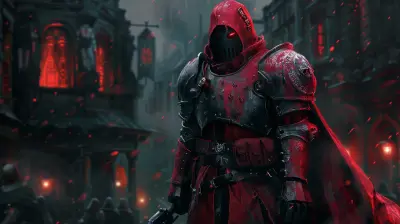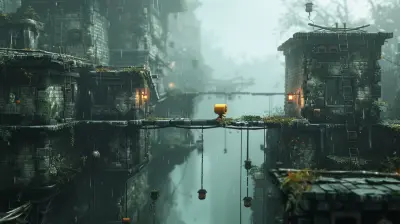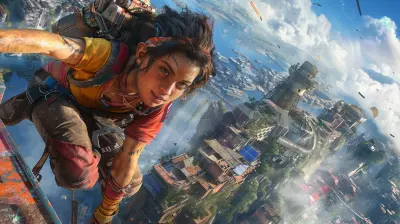How Shaders Bring Life to Game Environments
14 September 2025
Gaming has evolved drastically over the years. If you take a moment to reflect on how far we've come since the days of pixelated mascots jumping over blocks, it's mind-blowing. Now, we’re exploring immersive, lifelike worlds where the tiniest details—from sunlight trickling through leaves to the ripples of water beneath your character's feet—add depth and realism to the experience. But how do developers make these virtual environments feel so alive? The answer lies in shaders.
Shaders are like the secret sauce in game development. They help transform what could be flat, lifeless spaces into vibrant, dynamic worlds that players can lose themselves in for hours. Want to know more about how it all works? Let’s dive in!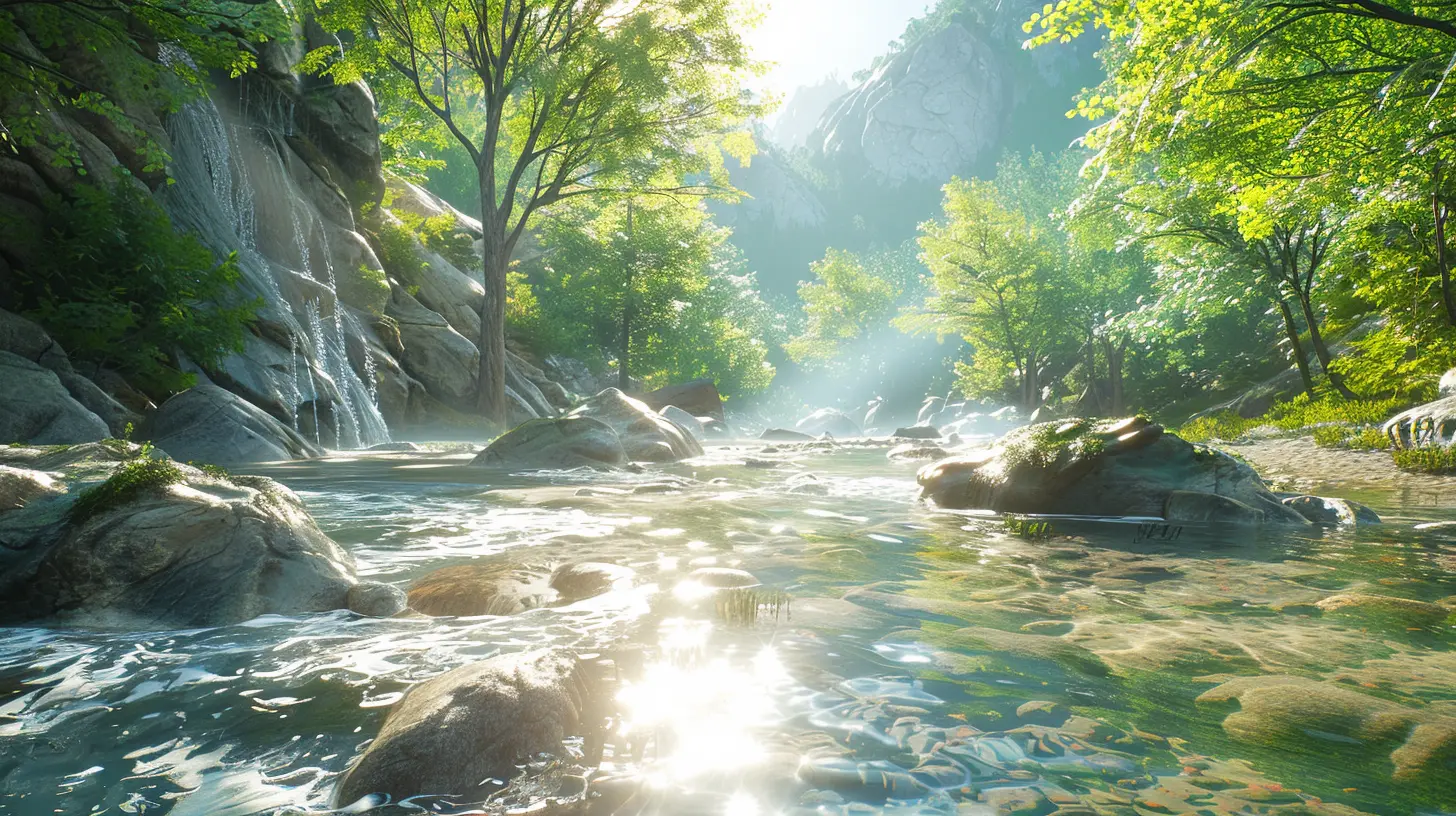
What Are Shaders? (The Basics)
Alright, before we get too far ahead of ourselves, let’s start with the basics. What exactly is a shader? Simply put, a shader is a type of computer program that tells your graphics card how to draw something on your screen. Sounds technical? Sure, but think of it like this: shaders are like artists with a set of instructions, painting everything you see in a game. From textures to lighting effects, they handle it all.There are different types of shaders, including vertex shaders, which manipulate points in 3D space to create shapes, and pixel shaders, which define how each pixel on your screen looks (color, lighting, texture, etc.). These shaders work together to create the visuals in your favorite games.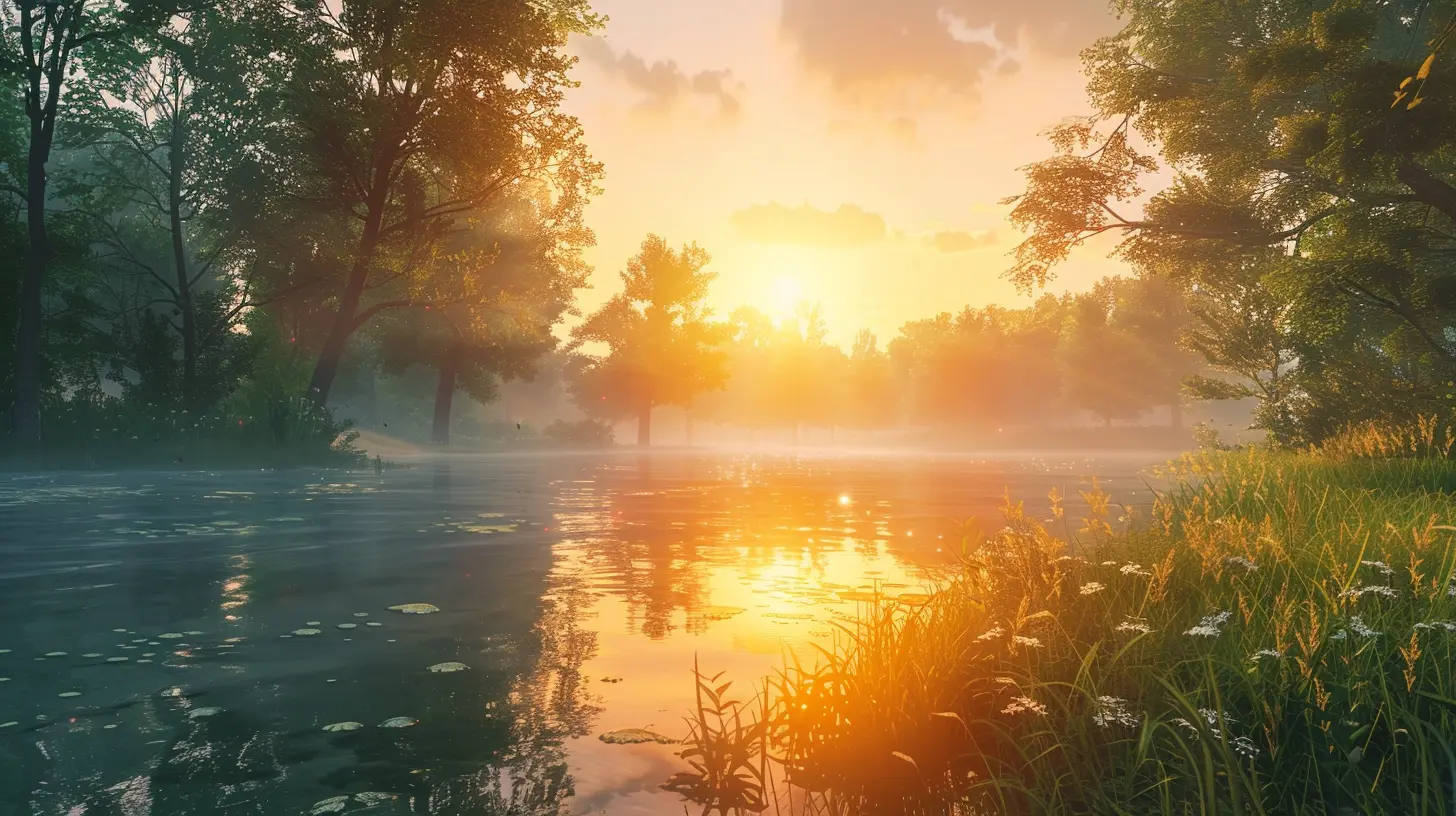
The Role of Shaders in Game Environments
Now that you know what shaders are, let's talk about how they breathe life into game environments. Imagine playing a fantasy game where everything looks washed out and flat. No shadows. No light reflections. Pretty boring, right? Shaders are what turn that bland experience into something extraordinary.1. Lighting and Shadows
Ever noticed how sunlight feels different at dawn versus midday in a game? Or how a flickering torch casts a warm, realistic shadow in a dungeon? That’s shaders at work!Shaders calculate how light interacts with objects, making surfaces appear glossy, matte, or even translucent. They also create dynamic shadows, reacting to your every movement. It’s not just about visual appeal; lighting guides gameplay, sets the mood, and enhances immersion.
For example, games like The Witcher 3 or Red Dead Redemption 2 are praised for their stunning lighting effects. Shaders ensure that the glow of the moonlight and the warmth of a campfire feel believable, transporting you deeper into those worlds.
2. Texturing
Have you ever paused mid-game just to admire details like cracks in a cobblestone path or the bark of a tree? That’s texturing, and shaders play a huge role here. Using something called normal mapping, shaders can make flat surfaces appear bumpy or rough without using extra processing power.Think of it like icing on a cake. The base is smooth, but the icing creates texture that looks deliciously detailed. Shaders make sure that even close-up textures feel intricate and real.
3. Water and Reflections
Water’s tricky. If it’s too static, it looks artificial. Too realistic, and it could tank your system’s performance. Shaders strike the perfect balance. They simulate ripples, waves, transparency, and even reflections, making water look convincingly real.Take Sea of Thieves, for instance. The way its oceans shimmer and move under the changing sky? That’s shader magic. Reflections aren’t just there for aesthetics either; they’re sometimes critical for gameplay. Spotting an enemy in a shiny mirror? Thank shaders for that!
4. Weather Effects
Rain, fog, snow, and even dust storms—these dynamic weather effects are brought to life with shaders. They create realistic patterns of rainfall, the way fog rolls over hills, or how snowflakes accumulate on objects over time.Think about games like Horizon Zero Dawn. When a storm rolls in, you can feel the chill in the air. The wind rustles the grass, and raindrops streak across your screen. That immersive experience is thanks to shaders.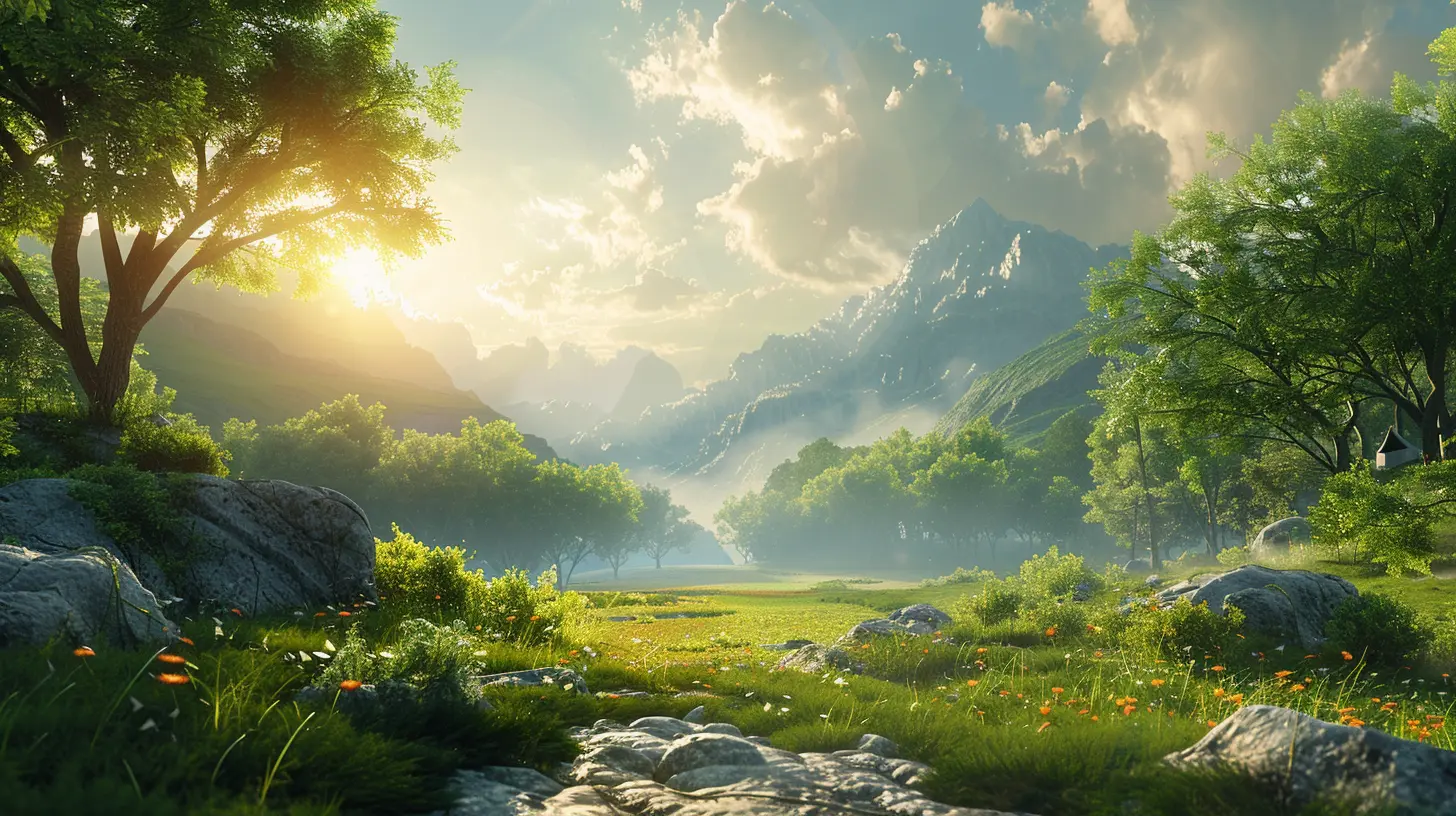
Why Shaders Are the Real MVPs
Okay, so now you’re probably realizing how vital shaders are. But what makes them the unsung heroes of game development? It’s their versatility. They don’t just make things "look pretty"—they also optimize performance. Let me break it down.1. Saving Performance with Illusion
Game environments are complex, and rendering every detail in 3D would crush most systems. Shaders solve this by using clever tricks. For instance, instead of creating thousands of individual leaves on a tree, shaders use techniques like billboarding (rendering flat images that always face the camera) to simulate complexity.It’s like decorating for a party. Do you get tons of real balloons? Or do you use pictures of balloons to save time and money? Shaders pick option two—smart, right?
2. Customizable Artistic Styles
Shaders don’t just mimic real life; they can also create unique art styles. Think about games like Minecraft with its blocky textures, or Borderlands with its comic-book vibe. These distinctive looks happen because shaders allow developers to experiment with colors, outlines, and lighting in creative ways.3. Dynamic Worlds
Remember when we talked about weather effects and lighting earlier? Shaders are what make these dynamic. They change in real-time, responding to what’s happening in the game. That interaction is what keeps players engaged.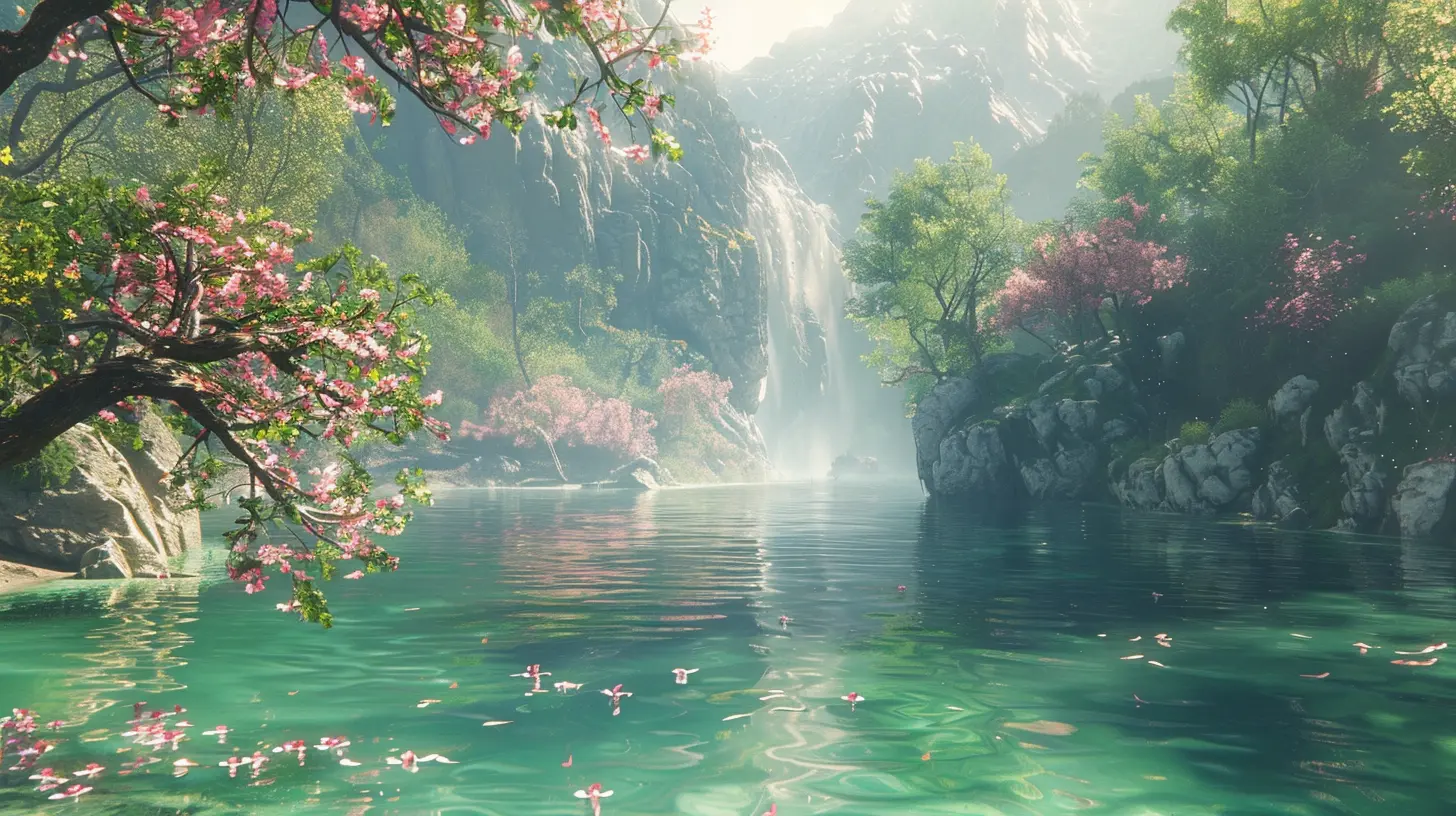
How Developers Push Shaders to the Limit
Shaders today are more advanced than ever. Developers are constantly pushing boundaries to create groundbreaking visuals. Here are some cutting-edge techniques being used:1. Ray Tracing
Ray tracing has become a buzzword lately, and for good reason. This technique mimics the way light naturally bounces off surfaces, creating ultra-realistic reflections and shadows. Shaders are the backbone of this tech. Games like Cyberpunk 2077 showcase just how jaw-dropping ray tracing can be.2. PBR (Physically Based Rendering)
Think of this as shaders on steroids. PBR calculates how materials like metal, wood, or stone react to light based on their physical properties. The result? Surfaces that genuinely appear "real." Touching a rusty pipe in a game might still be impossible, but it sure looks like you could feel the grit.The Future of Shaders in Gaming
So, what’s next for shaders? With advancements in hardware and AI, the possibilities are endless. Game environments will become even more immersive, with shaders handling increasing levels of detail and realism. We’re already seeing this with next-gen consoles and GPUs, and the trend isn’t slowing down.Imagine playing a game where grass sways dynamically based on the wind, or where sunlight changes color as it filters through stained glass—all calculated in real-time. That’s the future shaders are guiding us toward.
Why Shaders Deserve More Love
Let’s be honest—when we rave about our favorite games, shaders often don’t get the credit they deserve. People talk about storylines, characters, and gameplay mechanics (all valid), but the visual magic that keeps you glued to the screen? That’s the shaders doing their thing.Next time you’re mesmerized by a sunset in a game or the way shadows dance on the wall, take a moment to appreciate the invisible (yet vital) work of shaders. They’re the unsung heroes that make gaming worlds feel alive.
all images in this post were generated using AI tools
Category:
Video Game GraphicsAuthor:

Tayla Warner
Discussion
rate this article
1 comments
Silas Morgan
Great article! Shaders really do transform game worlds, adding depth and vibrancy that makes every adventure feel alive!
September 15, 2025 at 3:48 AM

Tayla Warner
Thank you! I'm glad you enjoyed the article and appreciate the magic shaders bring to gaming!
